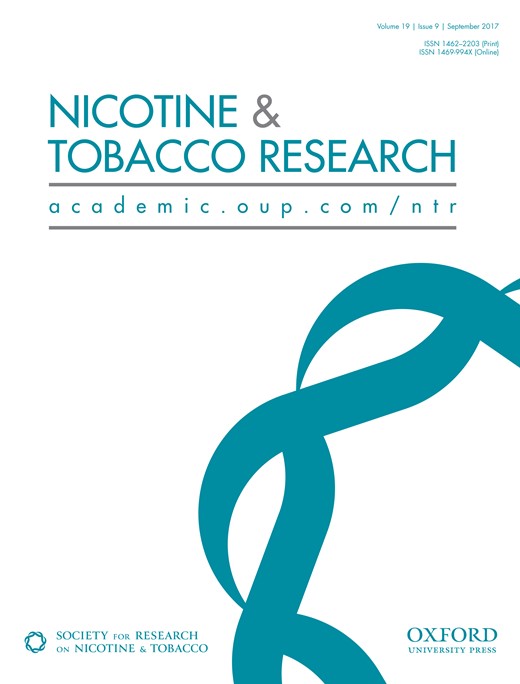-
Views
-
Cite
Cite
Laura J Bierut, Eric O Johnson, A Commentary on Maes et al. “A Genetic Epidemiological Mega Analysis of Smoking Initiation in Adolescents”, Nicotine & Tobacco Research, Volume 19, Issue 9, September 2017, Pages 1116–1117, https://doi.org/10.1093/ntr/ntx022
Close - Share Icon Share
Extract
The work by Maes and colleagues “A Genetic Epidemiological Mega Analysis of Smoking Initiation in Adolescents” is an exemplar of collaboration and data sharing across international research groups.1 Using a classic twin design, this study examined genetic and environmental contributions to prevalence of ever having smoked across adolescence among European ancestry cohorts from North America, Europe, and Australia. With substantially more statistical power than prior twin studies, this mega-analysis confirms the rapid and nearly linear increase in ever smoking between the ages of 10 and 19 observed in numerous large-scale epidemiologic studies in the United States and across the world.2 It also confirms prior observations3 that as adolescents age, genetic contributions to the liability to smoke increase and familial environment contributions decrease. The identification of sex differences in these models are likely to be due to substantially larger sample sizes in this study. Importantly, the authors find that the relative contributions of genes and environment are broadly consistent across cohorts and continents in spite of differences in prevalence, suggesting a similar etiology.






Comments